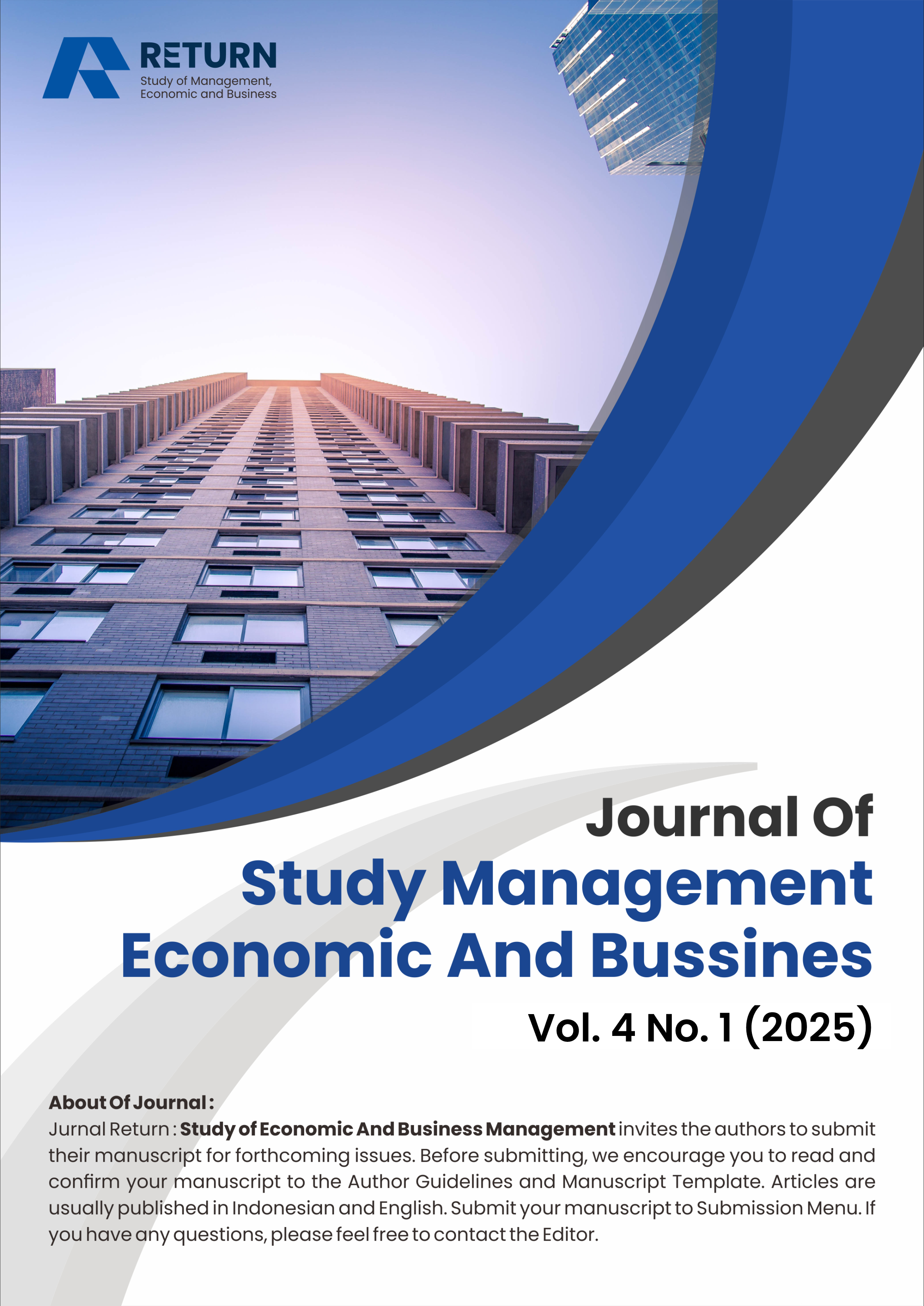Dynamics of Food Consumption in West Java Province
DOI:
https://doi.org/10.57096/return.v4i1.321Keywords:
LA-AIDS, food expenditure share, social demographic variables, price and income elasticity, poor households, West JavaAbstract
West Java Province is the most populous province in Indonesia, facing significant
food insecurity challenges, particularly among poor households. With a growing
population and increasing poverty rates, understanding food consumption dynamics is
critical for policy-making. his study aims to analyze the impact of price, income, and
socio-demographic factors on food consumption in poor households in West Java
Province, both in urban and rural areas. The analysis method was carried out using
the Linear Approximation Almost Ideal Demand System (LA-AIDS) model. The
results of the study show that the food consumption of poor households in West Java
is generally influenced by the own price of the commodity, the price of other
commodities, income, number of household members, type of region (rural/urban),
education of the household head (average years of schooling of the head of
household) and the type of work of the head of the household (agriculture/nonagriculture). The overall expenditure elasticity of poor households shows the results
of positive expenditure elasticity. This means that all groups of food commodities are
normal goods and some of them fall into the category of luxury goods. The
government should make a policy to control food demand through controlling food
prices, through decreasing food prices so that household food demand increases.
Downloads
Published
Issue
Section
License
Copyright (c) 2025 Munida Hasna Shifwatun Najma, Kania Agustini, In In Indah Zakiah, Iwan Setiawan, Ahmad Choibar Tridakusumah

This work is licensed under a Creative Commons Attribution-ShareAlike 4.0 International License.






